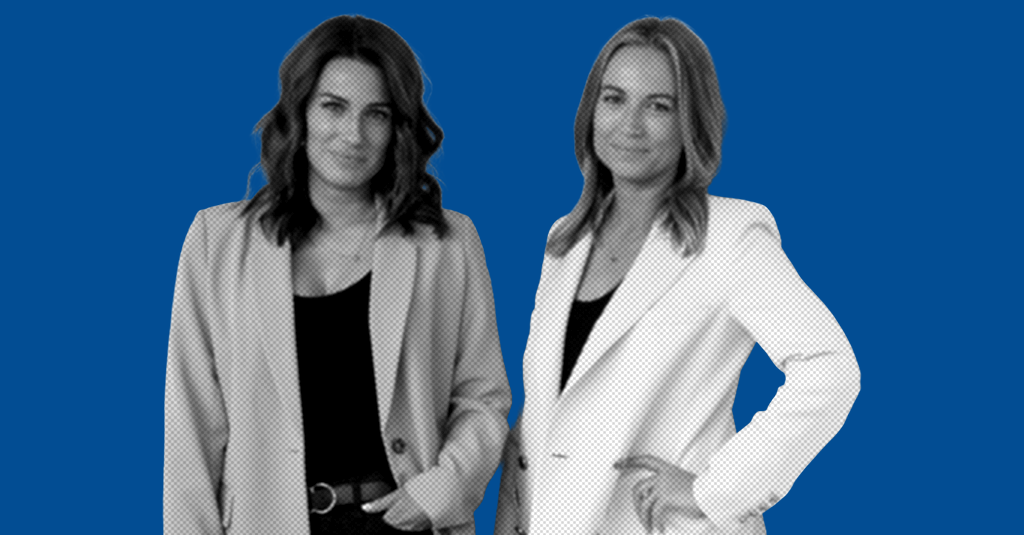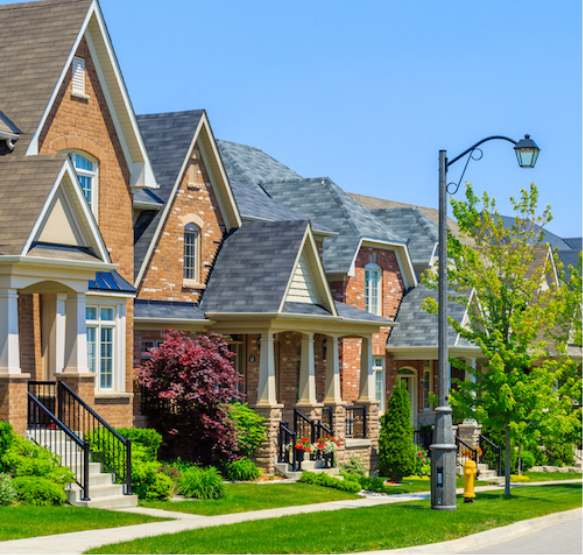Struggling to get more people through the door of your open houses? Claire and Sam O’Connor, who run the RealTrends Verified-ranked O’Connor Estates Group in Los Angeles, might have a clever solution.
Tasked with selling a sprawling mid-century modern home in Los Angeles’ tony Brentwood neighborhood, they knew the usual barbecue trucks and bounce castles wouldn’t cut it. Not in a neighborhood where the new owners might rub shoulders with A-list residents like LeBron James and Harrison Ford. To get attention in Brentwood, they had to think bigger. Well, smaller, really. So, they decided to throw a rave. For babies. Yes, really.
When O’Connor’s public relations team pitched us this story, we had a lot of questions. Are baby raves just another cynical publicity stunt, or can they actually help sell homes? Is the techno remix of Baby Shark any good? To find out, we interviewed Claire O’Connor, founder of O’Connor Estates, over email. Here’s what she told us:
What exactly is a baby rave?
It sounded like something ChatGPT might hallucinate after a few too many prompts about hot new trends in Brooklyn. Luckily, O’Connor was there to explain:
“A baby rave is exactly what it sounds like: a dance party designed for families, with kids at the center. Think live music, drums, bubbles, and space for little ones to move, laugh, and play. It’s about creating an experience that helps potential buyers feel the life a home can hold, instead of just touring square footage.”
Why throw one at an open house?
The O’Connors knew that attracting the home’s ideal clients — families that would enjoy the property’s layout and sprawling backyard — wouldn’t be easy, especially on a Sunday. To help attract parents with young children to the home, they leaned on the marketing prowess they honed “vibe flipping” aesthetically challenged homes in hot LA neighborhoods:
“When I listed the home, it told me what it wanted. It’s a mid-century with a big grassy yard in a top school district, clearly a family home. Traditional open houses with cheese plates and sparkling water wouldn’t have captured that energy. We wanted families to see themselves living there, not in an abstract way, but in a way that felt real for this property, so we decided to throw a “BYOB” (Bring Your Own Baby) rave.”
Did it work?
While 866 Teakwood is still on the market, O’Connor was quick to point out that the strategy paid off in other ways:
“The ROI was twofold: exposure and engagement. Yes, the event generated media buzz and plenty of social impressions. But the deeper value was in how families engaged on-site. Parents lingered, conversations were more personal, and the leads we collected felt warmer than usual. Families mentioned the event days later, which is exactly the kind of emotional stickiness that translates into offers.”
Are the techno remixes of Baby Shark any less trauma-inducing than the regular version? How did you cope?
“Let’s just say: when the bubbles drop on beat, even Baby Shark feels like a banger. Coping strategy aside, it’s worth it when you see kids dancing in the living room and parents realizing: this is where our family belongs.”
Any tips for agents thinking about throwing a baby rave at their next open house?
Thinking of throwing a baby rave at your next open house? Take O’Connor’s hard-won advice:
- Lean into the property’s true identity. Don’t force an idea; let the house dictate the experience. A baby rave worked here because it was authentic to the listing. It was very clearly a home designed for families.
- Prioritize comfort: Lighting, sound levels, and seating need to put parents and kids at ease.
- Keep the house the main character. The event should reveal a home’s potential, not overshadow it. That said, a bounce castle VIP section and a one-juicebox minimum at the door wouldn’t hurt.



